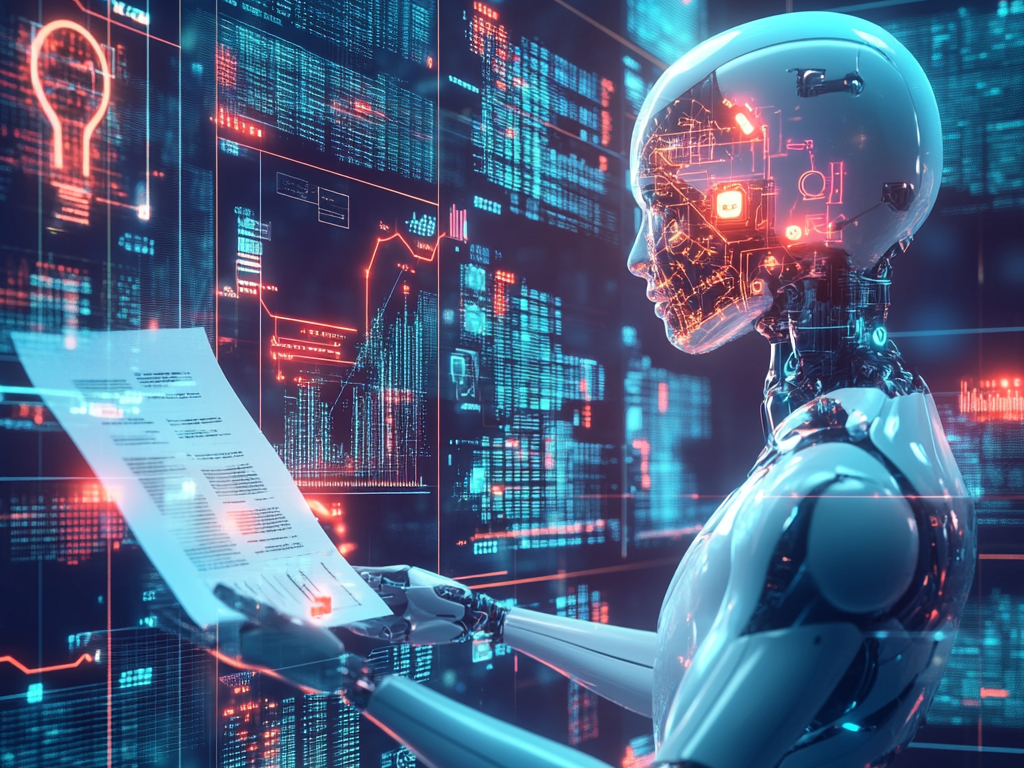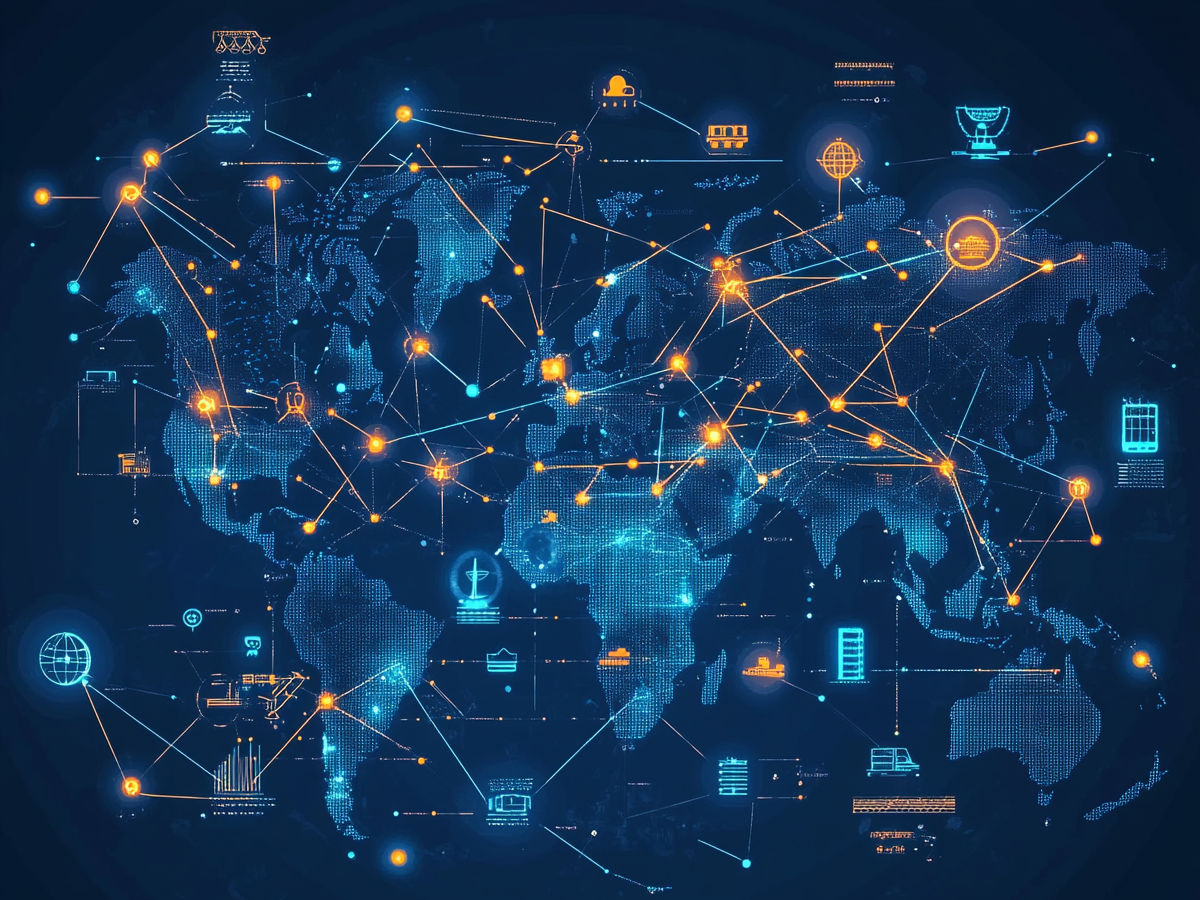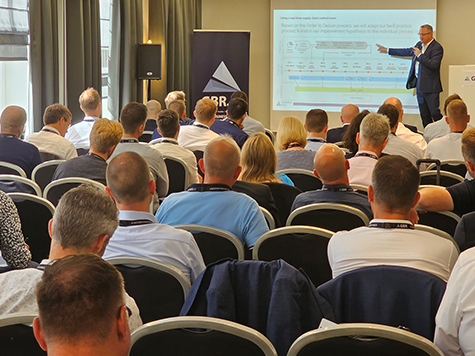
Optimizing Maintenance with the Digital Twin
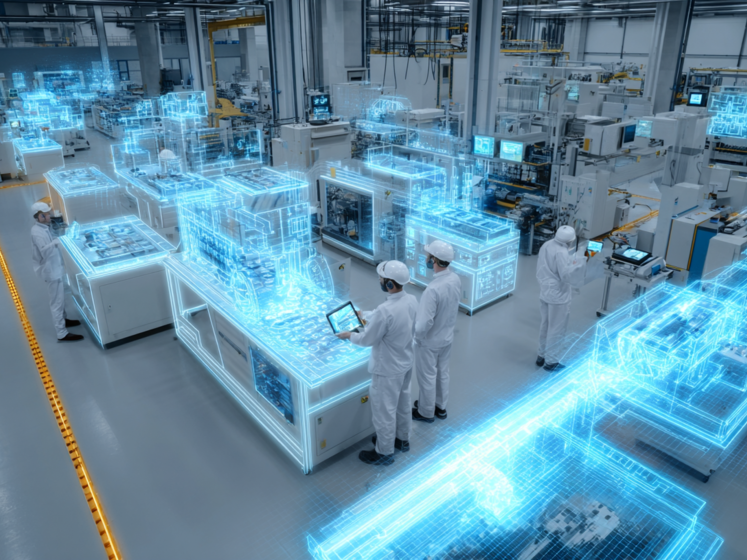
The digital twin is a powerful tool for the efficient control of production systems and the optimization of maintenance processes. More and more companies are transitioning from traditional CAD models to digital twins for modeling production systems. This shift is due to the digital twin's ability to virtually represent real system components and processes in a detailed and complex way. Thanks to the volume and quality of integrable data, digital twins offer high predictive capabilities. As a result, in maintenance operations, optimal service cycles lead to reduced wear, shorter downtimes, and lower energy costs.
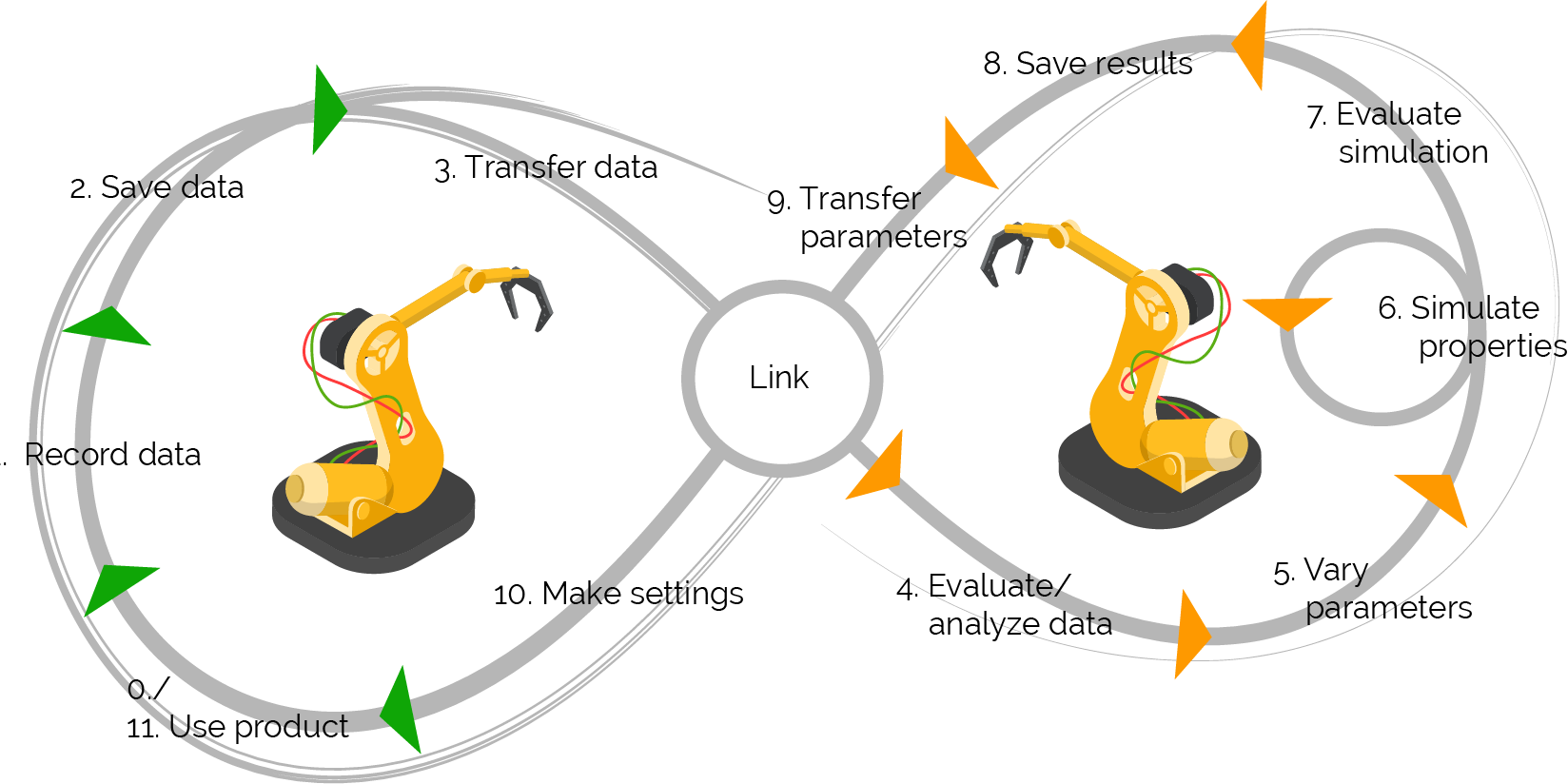
iDigital Twins: Virtual Representations for Monitoring and Optimizing Physical Systems
A digital twin is a virtual representation of a real-world system—a digital model that replicates the physical characteristics, behavior, and performance of machines and equipment. The connection between the digital twin and the physical assets is established via production data, for example from a process control system, and other application-specific data sources. A practical example is creating a digital twin of a pump system. Traditionally, CAD models from the manufacturer were imported into simulation software to generate a mechanical model. Then, hydraulic and electrical components were added to simulate dynamic system behavior. However, this modeling method is often too complex for most applications, with the effort rarely justifying the benefit.
In contrast, digital twins model system behavior through a virtual representation. They use system and sensor measurement data, linking them via artificial intelligence techniques such as machine learning or neural networks. This creates models that reflect highly complex characteristics and whose parameters can be easily adapted for various predictive scenarios.
At a minimum, a digital twin should be able to access a set of master data: Basic information such as dimensions, manufacturer, technical specifications, spare parts lists, and maintenance requirements are stored in a database and integrated into the model. With proper master data integration, the digital twin can already perform initial functions—for example, identifying spare parts, adjusting maintenance schedules, or providing detailed information on repair activities.
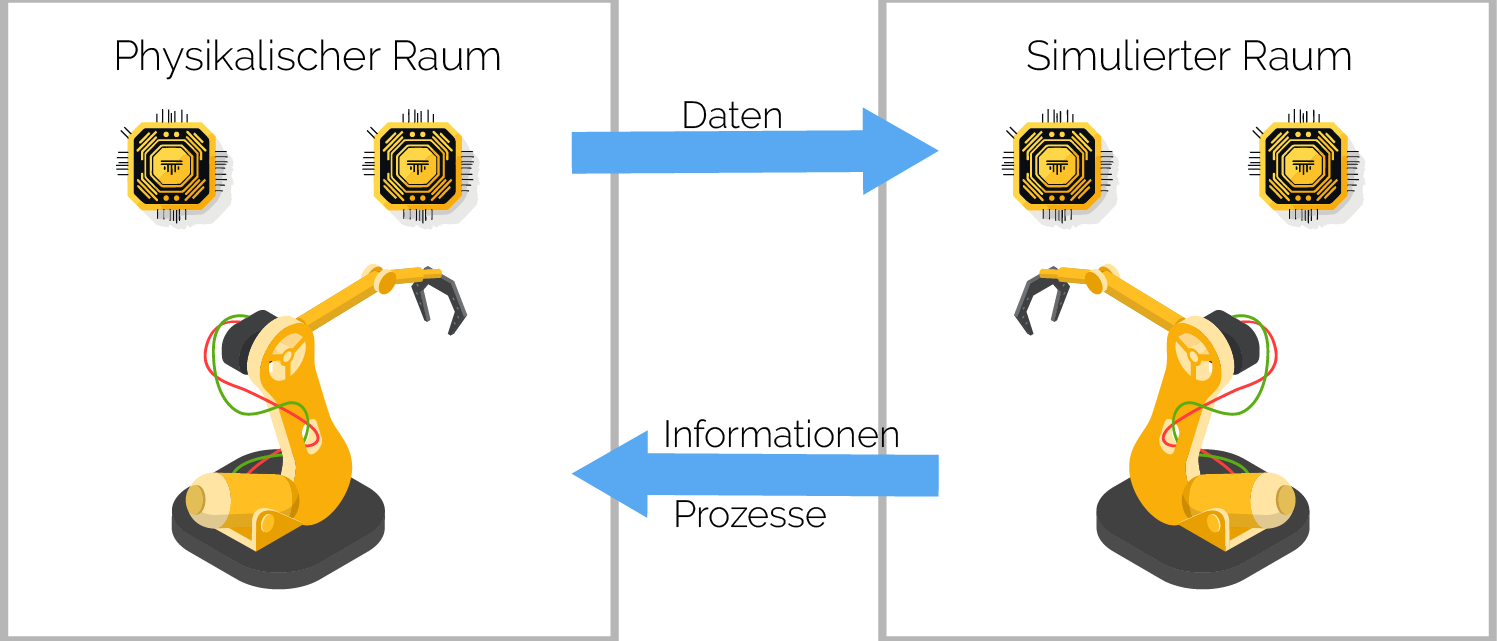
How Algorithms Behind the Digital Twin Optimize the Performance of Real Systems
The predictive capabilities of a digital twin can be deliberately trained. To achieve this, actual data from various sources—such as process control systems, maintenance planning, and production scheduling—are used to build a data model. This model enables the forecasting of specific scenarios, such as modified inspection intervals or wear-reducing operating modes. Despite the availability of powerful computing and storage resources, statistical processing should be applied to avoid generating artifacts.
Digital twins empower companies to make data-driven decisions that improve system performance. A concrete example: a chemical production facility uses digital twins to monitor its pump systems. By analyzing operating data such as pressure, flow, and vibration, the algorithm can predict when a pump is likely to fail. Based on these predictions, the maintenance team can carry out targeted service measures to minimize unplanned downtime. Another benefit is scenario simulation, which allows companies to anticipate the consequences of their decisions and thereby reduce risks. This can also be used to determine optimal spare parts inventory levels. Continuous data analysis enables early identification of potential issues, ultimately leading to higher system availability.
The Bridge to Predictive Maintenance: The Forecasting Capability of the Digital Twin
To unlock its full functionality, the digital twin requires measurement data collected by sensors regarding the condition and performance of production systems. The validity and accuracy of the analyses and forecasts generated by the digital twin improve with the quality of the available data.
One application example is pumps that transport cooling water from cooling towers to consumers. Sensors on the pumps collect data on pump performance—such as flow rate, rotational speed and torque, motor temperature, and energy consumption. In addition to the operational data, meteorological data such as ambient temperature and humidity are also recorded, as these factors influence the cooling water temperature.
Using this combined dataset, a neural network can be trained to predict the behavior of the pump system even under varying measurement parameters.
Through continuous monitoring and analysis of oscillation and vibration data, the digital twin is able to monitor the condition of the plant in real time and make accurate predictions about its future performance. Based on this data, companies can plan and carry out their maintenance activities in a time- and cost-efficient manner.
The Digital Twin: A Powerful Tool for Efficient Control of Production Systems and Optimization of Maintenance Processes
The successful introduction and implementation of a digital twin requires careful planning and goal orientation. New technologies and methods must be aligned and integrated with existing knowledge about processes and equipment, as well as with established change management and implementation expertise. We support you in defining the prerequisites necessary for designing and deploying your digital twin solution effectively.
